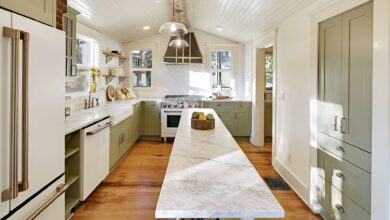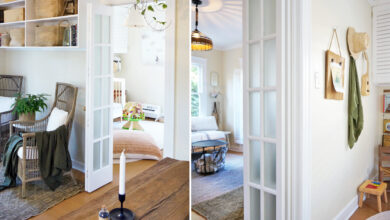The Pros and Cons of Staging in Model Homes
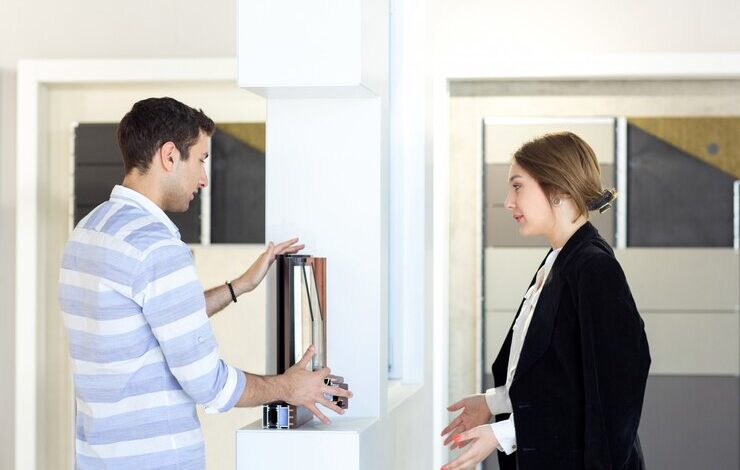
Staging is a crucial strategy in real estate, particularly in model homes, where developers and realtors aim to attract buyers with a perfectly curated living space. The goal of staging is to create an inviting and aspirational atmosphere that allows potential buyers to envision themselves living in the home. However, while staging offers many benefits, it also comes with its challenges. In this article, we will explore the advantages and disadvantages of staging in model homes, providing a well-rounded perspective on its impact on real estate sales.
The Pros of Staging in Model Homes
1. Creates an Emotional Connection with Buyers
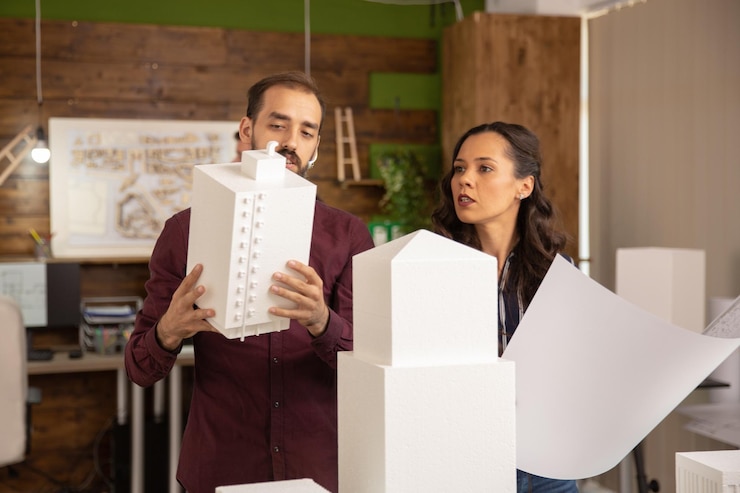
One of the biggest advantages of staging is its ability to create an emotional connection between the buyer and the property. When a home is beautifully staged, it feels warm, inviting, and lived-in, making it easier for potential buyers to picture themselves in the space. This emotional appeal can be a powerful motivator in the decision-making process. Empty homes often feel cold and unwelcoming, which can make it difficult for buyers to visualize how they would arrange their furniture or decorate the space. By carefully selecting furniture, colors, and décor, staging helps to bridge this gap and enhance the overall appeal of the home.
2. Highlights the Home’s Best Features
A well-staged home draws attention to its best features while downplaying any potential shortcomings. For example, if a home has a stunning fireplace, strategic placement of furniture and décor can emphasize this focal point. Similarly, proper lighting and design choices can make a small space appear larger or a dark room feel brighter. Staging professionals know how to enhance a home’s strengths while minimizing any weak spots, making it more attractive to buyers. Without staging, a home may not showcase its full potential, leading buyers to focus on flaws rather than possibilities.
3. Increases Perceived Value and Selling Price
Studies have shown that staged homes often sell for higher prices compared to unstaged properties. When a home is presented in the best possible way, buyers are more likely to perceive it as a high-value property. This perception can lead to stronger offers and even bidding wars, ultimately benefiting the seller. A well-staged home looks polished and ready to move in, which justifies a higher asking price. Buyers are often willing to pay more for a home that appears well-maintained and aesthetically pleasing rather than one that feels bare or outdated.
4. Speeds Up the Selling Process
Another major advantage of staging is that it helps homes sell faster. Buyers often make quick judgments based on first impressions, and a staged home is more likely to leave a positive impact. Homes that remain on the market for too long can develop a stigma, making buyers wonder if there is something wrong with the property. Staging can help avoid this issue by making the home look desirable from the start. A property that is well-presented and visually appealing will likely generate more interest and sell in a shorter timeframe.
The Cons of Staging in Model Homes
1. High Costs Involved
One of the biggest drawbacks of staging is the cost. Professional staging services can be expensive, especially for larger model homes that require extensive furnishings and décor. From hiring a professional stager to renting furniture, the costs can quickly add up. While some real estate developers factor staging costs into their marketing budgets, smaller sellers or developers may find it to be a financial burden. Additionally, ongoing maintenance costs, such as cleaning and replacing worn-out staging items, can increase the overall expense.
2. Can Create Unrealistic Expectations for Buyers
While staging enhances the appearance of a home, it can sometimes create unrealistic expectations for buyers. Many model homes feature high-end furniture, luxurious décor, and impeccable design choices that may not be included in the actual purchase. When buyers move into their new home, they may find that the space feels less impressive without the staging elements. This can lead to disappointment and even buyer’s remorse. It’s important for realtors and developers to manage buyer expectations by clearly specifying what is included with the home and what is purely for staging purposes.
3. Requires Ongoing Maintenance
Unlike regular homes that may be occupied, staged model homes require constant upkeep to ensure they remain in pristine condition. Dust, dirt, and wear and tear can accumulate over time, requiring frequent cleaning and touch-ups. Furniture and décor may also need to be periodically updated to match current trends, which adds to the overall cost and effort. If a model home is on the market for an extended period, the staging elements may begin to feel outdated, requiring further investment to keep it appealing.
4. Not Always Necessary in a Hot Market
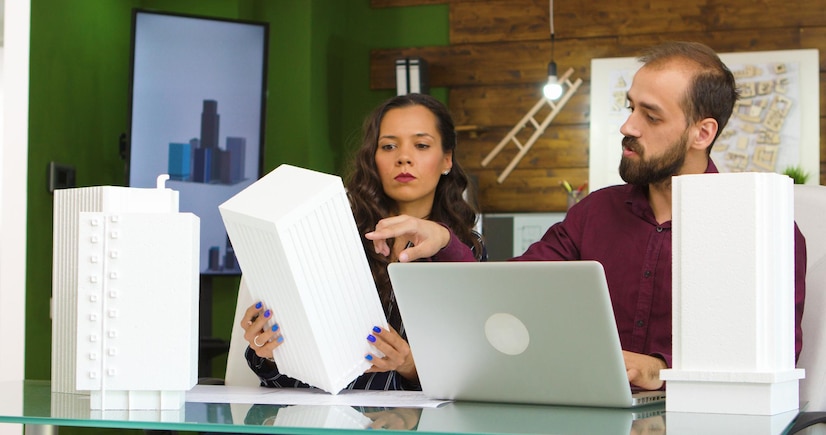
In highly competitive real estate markets where homes sell quickly, staging may not always be necessary. If demand is high and buyers are willing to make offers regardless of how a home looks, investing in staging may not yield significant benefits. In such cases, developers may choose to focus on other marketing strategies, such as professional photography or virtual tours, rather than spending money on physical staging. Understanding the market conditions and buyer preferences is essential to determining whether staging is a worthwhile investment.
Conclusion
Staging in model homes is a powerful marketing tool that can enhance a property’s appeal, speed up sales, and increase perceived value. It allows potential buyers to connect with the space on an emotional level and envision themselves living there. However, staging also comes with its challenges, including high costs, ongoing maintenance, and the risk of creating unrealistic expectations. While it can be highly effective, it’s important for real estate developers and sellers to weigh the pros and cons before deciding if staging is the right strategy for their properties. By carefully evaluating the benefits and potential drawbacks, sellers can make informed decisions that align with their sales goals and budget.
FAQs
1. Is staging always necessary for selling a model home?
No, staging is not always necessary, especially in a strong seller’s market where homes sell quickly. However, it can be beneficial in competitive markets where visual appeal makes a significant difference.
2. How much does it cost to stage a model home?
The cost of staging varies depending on the size of the home, the level of staging required, and the location. On average, it can range from a few thousand dollars to tens of thousands of dollars for a fully furnished model home.
3. Can I stage a model home myself instead of hiring a professional?
Yes, DIY staging is an option for those who want to save money. However, professional stagers have expertise in maximizing a home’s appeal, which can lead to better results and faster sales.
4. Does staging guarantee a higher selling price?
While staging often helps justify a higher asking price, it does not guarantee that a home will sell for more. Other factors such as market conditions, location, and pricing strategy also play a role.
5. What happens to staged furniture once the home is sold?
In most cases, staged furniture is rented and returned after the home is sold. Some developers offer buyers the option to purchase the furniture separately, but this varies depending on the agreement with the staging company.

